VIA CDNMJStocks.com Twitter @CDN_mj
It’s no secret the industry has come under some pressure lately with frequent product recalls. Growing to Health Canada standards, as we’ve mentioned many times before, is not easy by any means. The 7 limited pesticides LP’s are allowed to use while growing cannabis are essentially soap based products, so you’re able to give the plants a quick bath and whatever mold, powdery mildew or pests you were trying to get rid of, are back within a few days.
We wanted to learn more about this ourselves and truly understand the depth of the problem and how much it impacts the consumers, shareholders and the future expansion plans of the LP’s. Is this actually a real problem? Is this truly a cause of concern for consumers? Should we be worried? Well, we hope this article sheds some light on these issues for all.
First of all, we wanted to bring the attention to the dispensaries and mention how there is zero testing here, you can use any chemicals or pesticides you’d like. So the second we get a legalized system for recreational marijuana in Canada, this is going to change drastically.
Secondly, having product recalled is a good thing, the system is working. After years of Health Canada working towards a system where both medical marijuana and cannabis oil are available and safe for consumption, they have figured out a viable system, implemented it, and now proving that it actually works with recalls.
Third, companies like Organigram have been completely transparent with both the consumers and investment community about the issues. Which is also a check. The goal here isn’t to jam contaminated products through the system. It’s to protect consumers and make sure patients are always safe. In our view these systems are put in place and are now proving to work, and secondly we value the transparency of the LP’s with all issues.
Fourth, we haven’t spoken to Mettrum, but chatting with Organigram, they’re committed to providing health care with high standards, hence the recall. Nothing has changed with the long term vision of the company. You can’t sell the product that’s anything less. LP’s will likely start moving towards the standards that CanniMed adopted many years ago with “GMP” rooms (Good Manufacturing Practices) which are already standard in the pharmaceutical industry.
Now that we know the system is safe, and LP’s are honest with their shareholders and patients, let’s move into the actual pesticide’s and insecticides used and determine how and why they end up in the product.
First of all, this is an agricultural environment, if one thing is for certain there will be pests, there will be insects, contaminants, mildew, and the rest of issues that have been dealt with for centuries with all agricultural undertakings.
The two main ones found are:
1) Pyrethrin – A highly effective organic insecticide, this “chemical” is completely natural and actually comes from a plant. Its effect is instant paralysis of an insect. Pyrethrin breaks down rapidly so it does not exist in the environment very long. Organic gardeners have been using this for years to get rid of insects, pests, ants, mosquitoes, moths, flies, fleas etc., it’s effectively a harmless insecticide used in organic grows and marijuana growers for ages; but, unfortunately not approved by Health due to toxicity issues. Most problems in humans stem from the allergenic properties of Pyrethrum.
2) Eagle 20 – A Myclobutanil-based fungicide – a highly effective fungicide used to combat powdery mildew and mold in a wide range of edible agricultural products including grapes, apples, spinach, marijuana etc. Typically used very early in a marijuana plants lifecycle (read: applied correctly) it is attractive because it prevents mildew throughout the whole lifecycle of the plant. It’s completely removed by consumption making it safe for consumers. The problem comes when Myclobutanil is combusted after it’s been applied later in a crops lifecycle, and not removed before consumption because it releases toxic gases. It’s stable at room temperature, but once heated past its boiling point of 205°C it becomes unstable. (For reference the average vaping temperature is 175°C). However, “The human health effects from the combustion and inhalation of myclobutanil have not been evaluated” as quoted by The Colorado Green Lab article here.
Another one that no LP’s have actually been reported to use, but is common in underground grows is:
1) Avid Miticide – With a main ingredient of Avermectin, Avid Miticide is a highly effective insecticide used to combat mites, whiteflies, aphids and thrips. Again, it runs into problems when applied late in the plants life cycle and combusted, but helps immensely in controlling mites for the duration of the plants lifecycle.
It wouldn’t be fair to talk only about non-approved pesticides, without mentioning the most commonly used approved one:
1) MilStop – MilStop is a contact fungicide that is designed to control and suppress powdery mildew on vegetables and marijuana plants. It’s effectively baking soda and acts as a bath for the plants. MilStop has to be reapplied every few days to be effective, unfortunately it turns the hairs on the cannabis plant dark red after its sprayed, and doesn’t look the best to consumers. A normal more naturally grown plant would stay whitish until harvest.
In talking to a few growers, it’s determined that most “street” marijuana contains much more dangerous versions than the above pesticides and insecticides. These chemicals have been used for years in street marijuana, decades before LP’s were around. Ironically, medicinal home growers and dispensaries can still use all these chemicals and more, with no restrictions. None of this is new or should be perceived as shocking.
If any companies use these products at the end of the day, the company can simply irradiate the product and clear it for sale. We’ve mentioned irradiating before which is perfectly safe. Most vegetables are irradiated, however it changes the look of the bud with a brownish tinge, and changes the flavor to enthusiasts, and removes any organic stamps.
We asked Jason Spatafora, better known as the Wolf of Weed Street (Twitter @Wolfofweedst) is thoughts to in order to ascertain an objective perspective. He stated “the reality is that we are observing what I would call an operational bump in the road. We saw a similar bump a few years ago with the Tweed operation and at the end of the day, management and the operators they employ adapted and evolved to the situation. Where some investors like myself see a bump, we also see an opportunity. Price pressure for LP’s usually comes from investors not understanding the news, financing or bumps in the road, but they also create opportunities to take advantage of misconceptions and lower price. I use tweed as an example because after their production hiccup the stock has rallied to multibagger status. This is cannabis people and money literally grows on trees, sometimes trees get sick, it doesn’t change the price per gram in the long run. These LP’s have massive investments and much longer time horizons than simple traders and yesterday’s news will be lining the floors of your grandma’s birdcage, come April & any legislative catalysts it won’t matter. Long term investment opportunity in LP’s remains consistent, and that’s why I believe the Canadian Market is the place to be heading into 2017, 2018, 2019 and beyond, as I believe there will be a major supply and demand issue on the horizon with a a recreational market.”
As a market in its infancy there will be mistakes, companies will learn from these mistakes and will ultimately be better because of it. Our concern is with so many reports of banned pesticides being used all across Canada and the states, have the regulators made it too difficult to actually grow without destroying crops? Are the rules so stringent that no one will be able to produce product without “GMP” compliant rooms? Time will tell, but it’s clear the system works from a Health Canada standpoint protecting the consumer, and we’re hopeful that as the industry grows there will be room for new pesticides and insecticides that are both approved for LP’s, and safe for the consumer.
MAPH Enterprises, LLC | (305) 414-0128 | 1501 Venera Ave, Coral Gables, FL 33146 | new@marijuanastocks.com



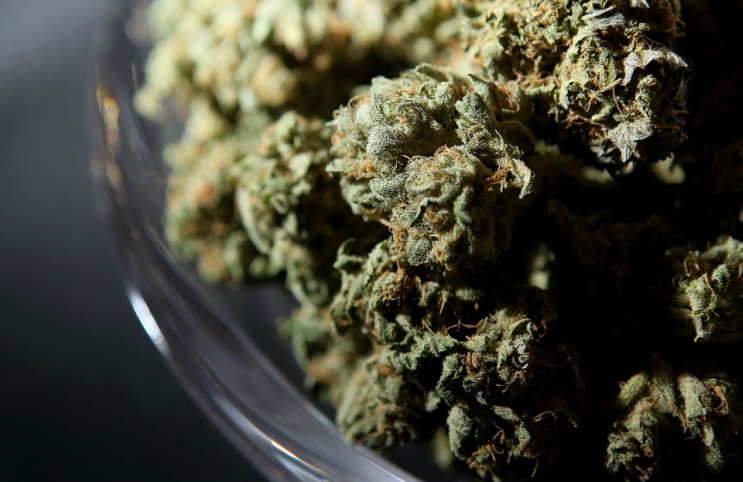
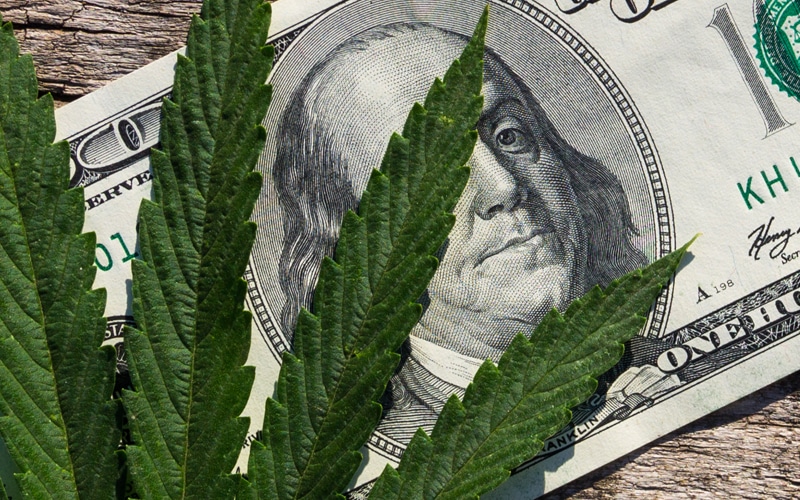


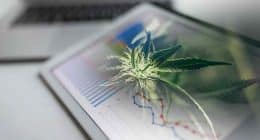
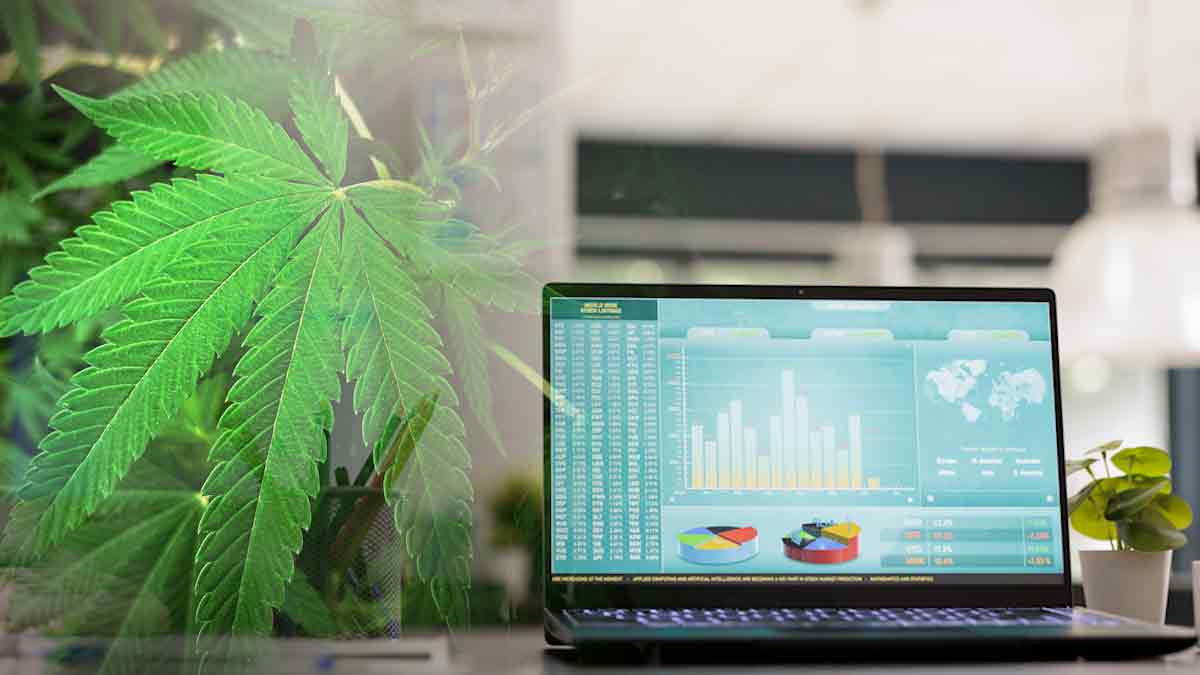

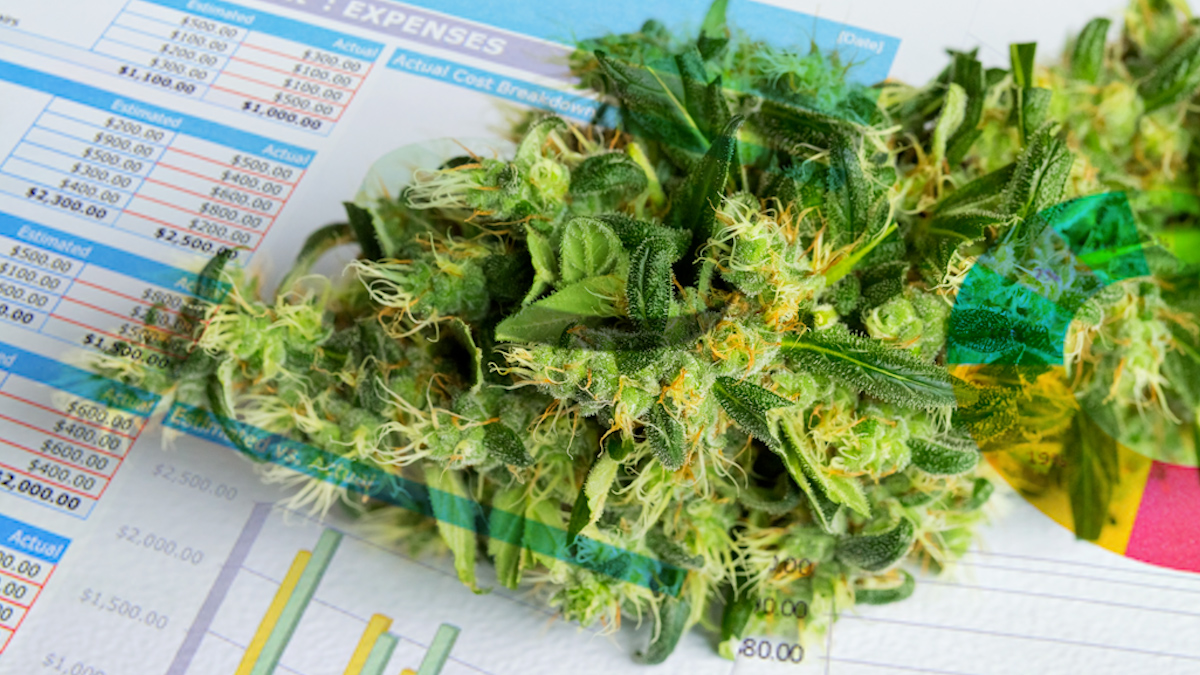
1 comment
You completely ignore that most people do not vape weed they smoke it in joints (average temp around 600 degrees)
And that the dangerous gases include hydrogen cyanide (Zyclone B gas)